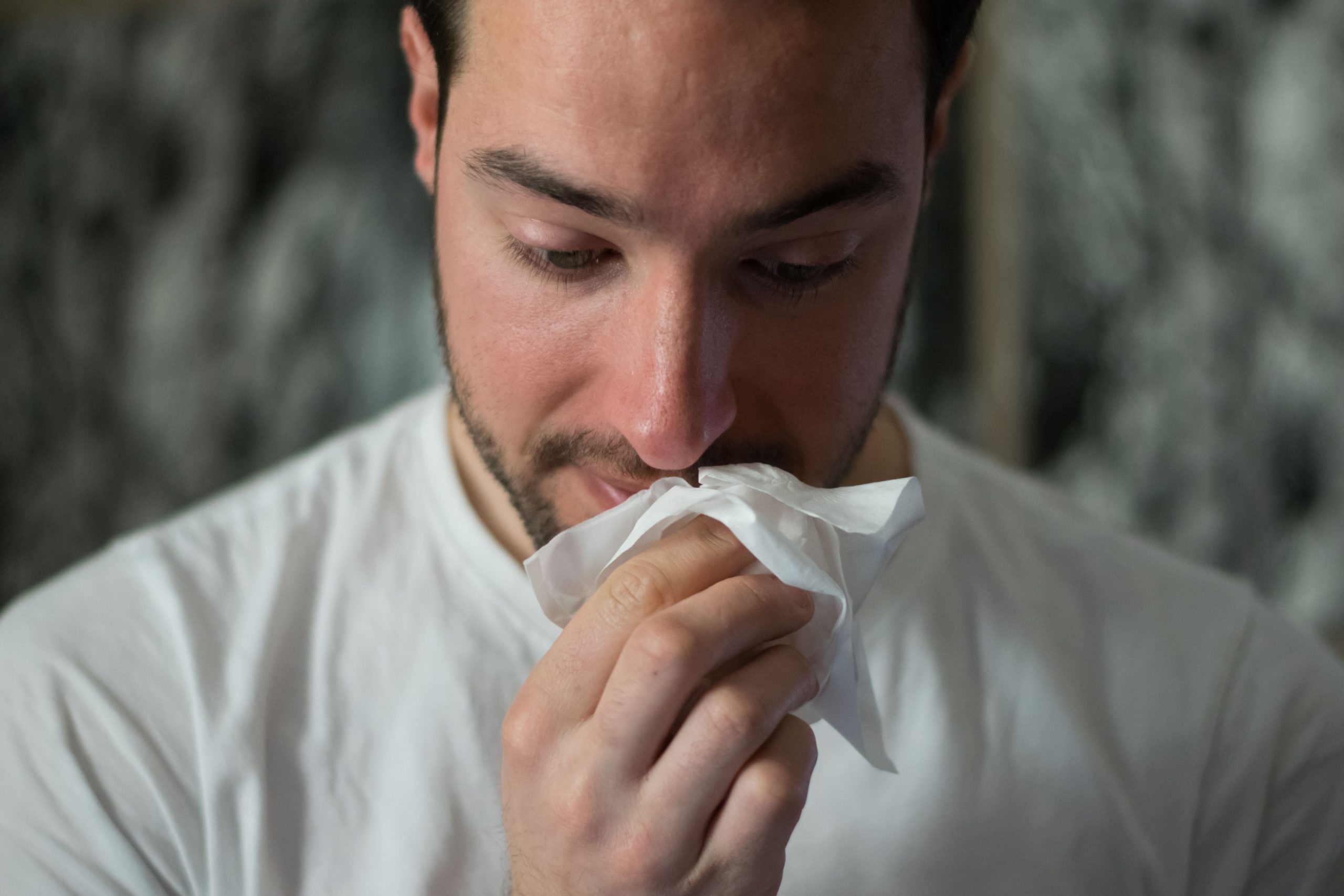As a family member to someone who has an anaphylactic allergy to peanuts, food allergies are a regular topic of conversation in our home. Everyone knows the allergy plan, how to read food labels, where the EpiPen is and to be conscious of what others are bringing into our home. Before eating out, we check menus online and ask servers about the type of oils used for frying.
However, as common as food allergies may seem to some, the numbers are on the rise and could be foreign to other households. There is a lot of misinformation and stigmas associated with food allergies. To make it worse, there is so much we don’t know about what causes them or how to treat them.
What is a food allergy?
According to FARE (Food Allergy Research & Education) a true food allergy (not an intolerance) is when your immune system attacks a food protein. Your body makes its own proteins, called immunoglobulin E (IgE antibodies) to fight against the food allergen. When you are exposed to that food again, your body sends out the IgE antibodies to attack the allergen. This process releases chemicals that cause an allergic reaction. If you’re highly sensitive to a food, even breathing it in or having it touch your skin can trigger a reaction.
Reactions can range from breaking out in hives or feeling itchy to more serious reactions involving facial swelling, airway construction and even death. A person’s reaction may increase in severity with each exposure to the allergen, and no two allergic reactions look exactly the same. One exposure may just cause hives and the next swollen eyes and lips.
What causes food allergies?
The exact cause of food allergies is not known. However, both genetics and environmental influences have been proven to play a role. There are certain risk factors associated with developing food allergies, such as age. Young children are more likely than adults to have food allergies, although they can be developed at any age. Family history plays a role; having a parent or sibling with a food allergy increases your risk of having one.
There are also related medical conditions that increase one’s risk of developing a food allergy. Eczema and asthma are among those diagnoses. You can develop an allergy at any age although developing them as a child is more common. It is also more likely that a child will “grow out of it,” than if the allergy is developed as an adult. It isn’t unheard of for someone to have eaten a food for years and suddenly develop an allergy to it.
LeAnn Lazar, mom of two, life coach and model grew up in a coastal town, eating seafood since she was a child. One night in her mid-twenties while at dinner she ordered shrimp, something she had eaten and loved her whole life. Within minutes, she started experiencing hives on her hands and around her mouth. A trip to the doctor confirmed an allergic reaction and she could no longer eat shrimp.
What are the most common food allergies?
People can develop an allergy to any food, but there are eight foods that cause most reactions in the U.S. These are milk, egg, peanut, tree nuts, soy, wheat, fish and shellfish. While it may seem obvious to just avoid these foods if you have an allergy, it isn’t always that simple. Many of these are added ingredients to unexpected dishes. For example, did you know that peanuts are often added to chili or Mexican sauces as a thickener? Some popular restaurants fry their foods in peanut oil. Cross contamination of any of these in a factory or a restaurant kitchen is always a possibility.
Treatment plans for food allergies is also different for every person. Avoiding the food or foods is obvious. But in cases where an accidental exposure occurs, carrying an epinephrine auto injector is a must. You can’t predict when you may accidentally ingest or be exposed to an allergen, so it is important to always have your emergency plan readily available. There are not many other options for treatment. Some people are lucky to simply grow out of an allergy. OIT or oral immunotherapy is a process where small, but increasing amounts of the allergen is exposed to the patient in a controlled, physician supervised setting. The goal is to make the person less sensitive to the allergen over time. All allergy sufferers are not suitable candidates for this therapy however, and their food allergies are something that will need to be managed for life.
Most allergy sufferers want people to understand that they can’t control their allergies. Showing respect and compassion to them is of the utmost importance. If you suspect you have experienced a reaction, contact your doctor immediately.

